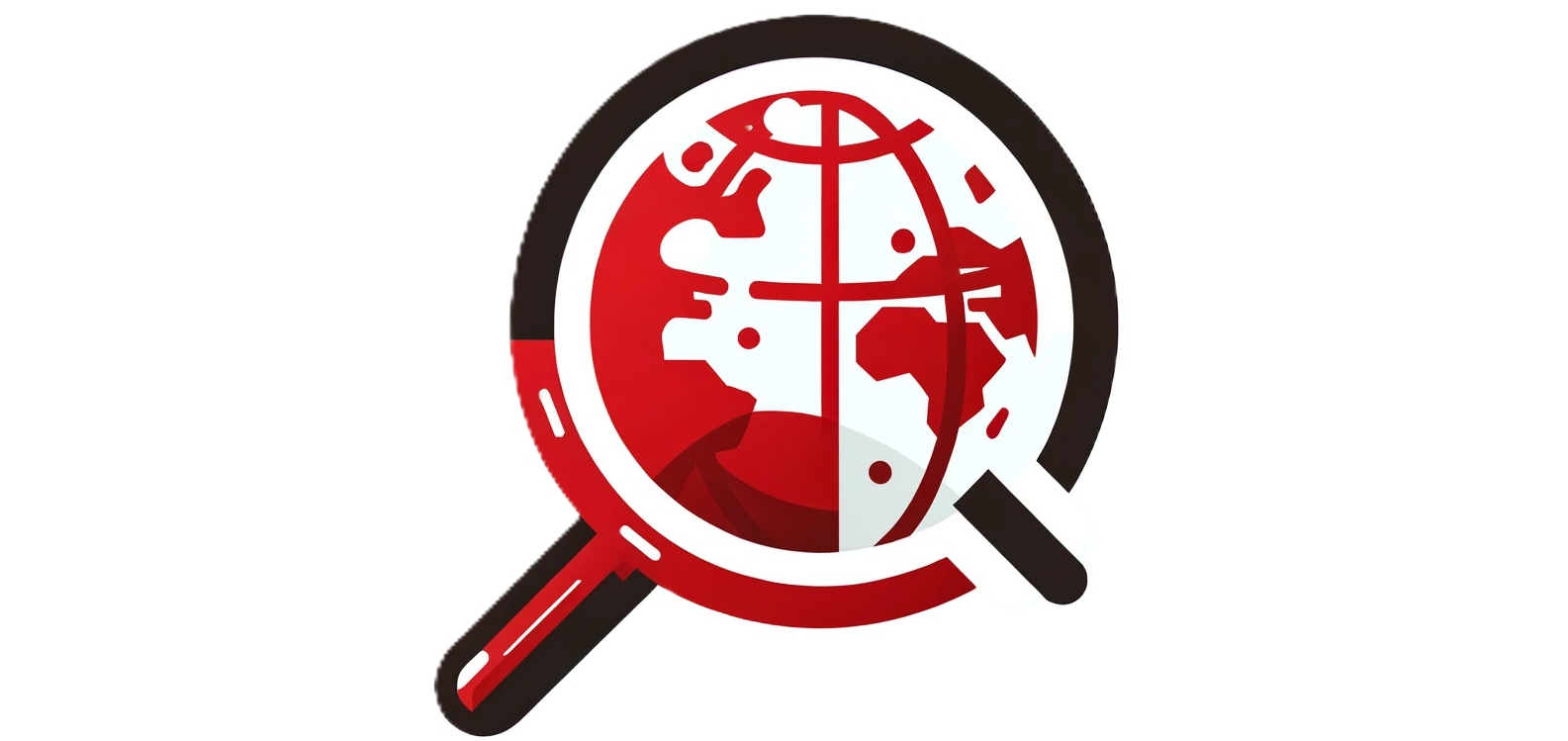Background
ShangYing Apparel Co. is a South Korea based apparel manufacturer established in 2006 by parent company ShangYing Group Co. Ltd. It is a full-service manufacturer with independent design, development, and production.
A young team was formed to manage the subsidiary, bringing creativity, fast pace, and bold designs quickly to the market to dominate their niche. The approach was wildly successful. The manufacturing environment was in tune, market demand was growing, and the business expanded rapidly. In less than ten years, the brand grew to two major lines, three local factories, and nearly thirty partner upstream suppliers in China.
The Issues
The rapid expansion resulted in complicated supply chain issues, such as multi-level contracting, questionable raw materials and accessories, and unskilled labor’s inferior workmanship, among others.
Also, fast fashion was coming into its own as a result of the changing consumer habits of the younger generation. ShangYing management was developing and launching a dozen new products weekly in what became a very complex supply chain. The result of this fast growth and disparate supply chain was loss of quality control, increased recalls, returned goods, damage claims, and other pressing issues.
For example, a batch of new style short sleeved shirt was put into production immediately upon design completion. However, most of the factory’s employees were not familiar with the new product, and because of the limited time and volume, some factories had no choice but to subcontract production to other small, untested factories. As a result, more than 40% of finished products had significant quality problems with thread, color stains, and sewing. Whole batches of products had to be recalled and destroyed. The result was financial loss and damage to their brand reputation.
Findings – Supply Chain Analysis
ShangYing Company selected AQM BD as the quality control provider to help solve issues with the summer/autumn line of products. Our team members establish a new set criterion on which to evaluate vendors and conducted a thorough analysis of all vendors based on that. Based on the review, recommendations were made to weed out the unqualified factories.
Findings – Internal Quality Control
The next step involved educating the ShangYing quality control department to strengthen internal quality management processes and systems. We completed a complete review of the company’s quality management system, including every level of management, defined responsibilities, employee authorities, communications, and accountability.
Many flaws were uncovered in the analysis. For example, a significant problem was the disregard of quality control in the push to push out new products quickly. It was already evident that doing so was costing the company substantial financial loss, brand damage, and customer trust.
Solution
AQM BD field inspection team began providing pre-shipment inspection for finished goods, curbing many of the quality problems before shipping. AQM BD team also discovered that a few of upstream suppliers were providing low-quality raw materials and accessories to the company. We helped the company to source alternative suppliers.
Suppliers on the bubble, in terms of quality, were directed to deliver finished products to our Sorting Inspection facilities for a 100% piece by piece inspection. When the time was tight, and production suffered large-scale quality issues, the team completed the inspection at the supplier’s warehouse. This ensured that no defective products were shipped.
Results
Since our engagement with the ShangYing Company, the overall quality profile of their products has improved dramatically in a relatively short time. According to the final survey, returns and recalls of the summer/autumn series decreased from 40 batches in Q2 2017 to less than 12 batches in Q2 2018. The inspection failure rate dropped from 51% to 16%. Improvement is still in progress. A real advantage to this company is that they were able to benefit from our team’s experience to implement our suggestions and improve their internal quality management.
Conclusion
This engagement was an excellent example of the benefits of working with a qualified 3rd-party provider to help reduce the risk of quality issues.
In today’s globally connected community, supply chains are increasingly sophisticated. Many companies find they must view their entire supply chain more holistically. Transparent partnering with upstream partners and help from a top 3rd party quality control provider can do much to enhance your competitive strength.





